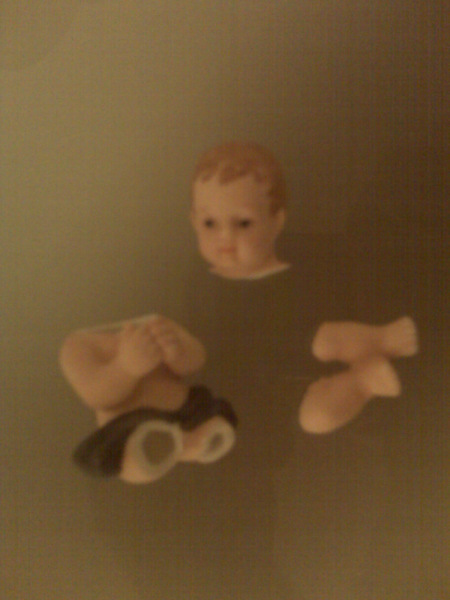
Today is Earth Day. As Christians we see the earth through eyes of faith. The earth is God’s creation
God created and cares for more than the human family. You are the “hope of all the earth and of far distant isles”, Psalm 65 says. “You uphold the mountains with your strength, you still the roaring of the seas…The ends of the earth stand in awe at the sight of your wonders. The lands of sunrise and sunset you fill with your joy.
“You care for the earth, give it water, you fill it with riches. Your river in heaven brims over to provide its grain. And thus you provide for the earth; you drench its furrows; you level it, soften it with showers; you bless its growth. You crown the year with your goodness. Abundance flows in your steps, in the pastures of the wilderness it flows. The hills are girded with joy, the meadows covered with flocks, the valleys are decked with wheat. They shout for joy, yes they sing.” (Psalm 65, Tuesday. Morning Prayer, week 2)
Along with the human family, the earth praises God, its creator,. The natural world, as a vital part of God’s creation, shouts for joy and sings. There’s even surprise in the psalms that God, the Almighty, creator of heaven and earth, could have a special care for the human family. “When I see the heavens, the work of your hands, the moon and the stars which you arranged, what is man that you should keep him in mind, mortal man that you care for him?” ( Psalm 8, Saturday Morning, week 2, 4 )
The view of God’s close engagement with the natural world proclaimed by the psalms and the scriptures fell into disfavor when science became the primary way of looking at the natural world with the age of the Enlightenment. Science became our guide and the human world became the center that controls everything. God’s engagement with the natural world and the human world came into question. The scriptural accounts were just poetry.
But poetry can also be true.
As we hear the Risen Jesus in the Easter season using the great images of bread from heaven, the shepherd, the vine, we shouldn’t miss their cosmic import. Images point out many things. Certainly “bread from heaven” points to the sacrament of the Eucharist; the shepherd and vine point to the life of the church and the intimacy we enjoy as branches grafted into the vine that is Jesus Christ.
But let’s not forget God’s rule over the whole world. We know so much more about it now. We also know how endangered it has become because of human neglect. More than ever, we need to acknowledge its dignity before God, who still covers the meadows with flocks, “the valleys are decked with wheat.” The natural world shouts for joy and sings during the Easter season. Its Shepherd guides it; it receives daily bread. It shares in the promise of the Risen Christ.





